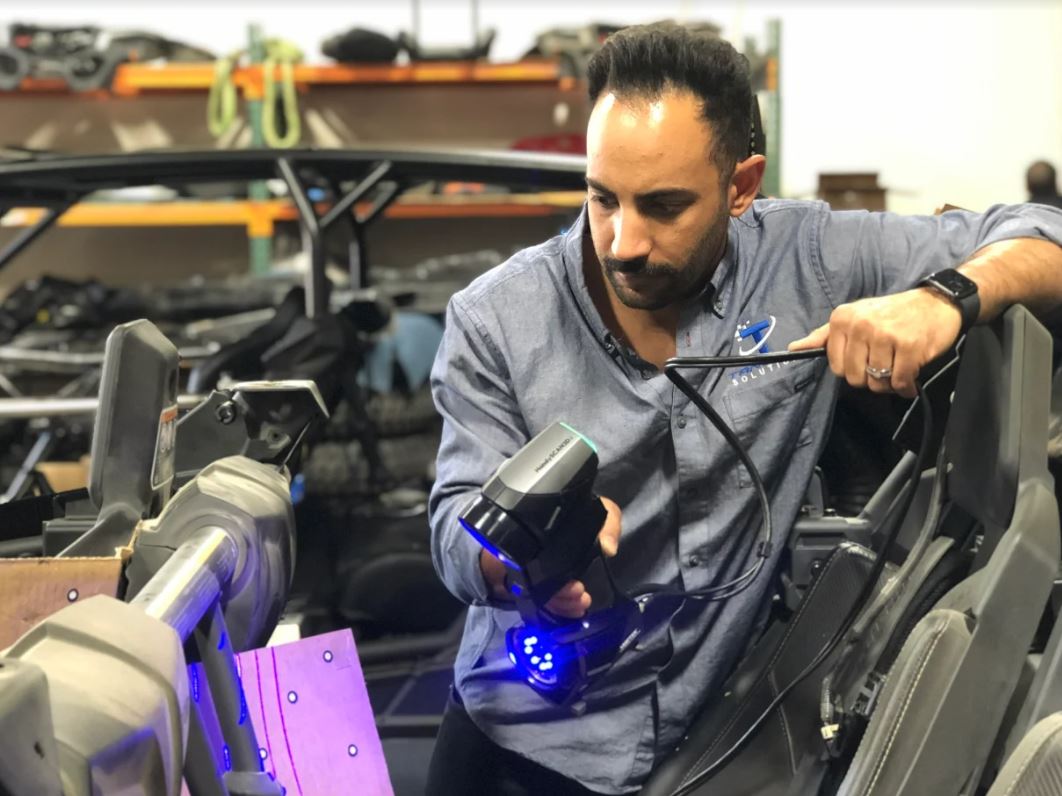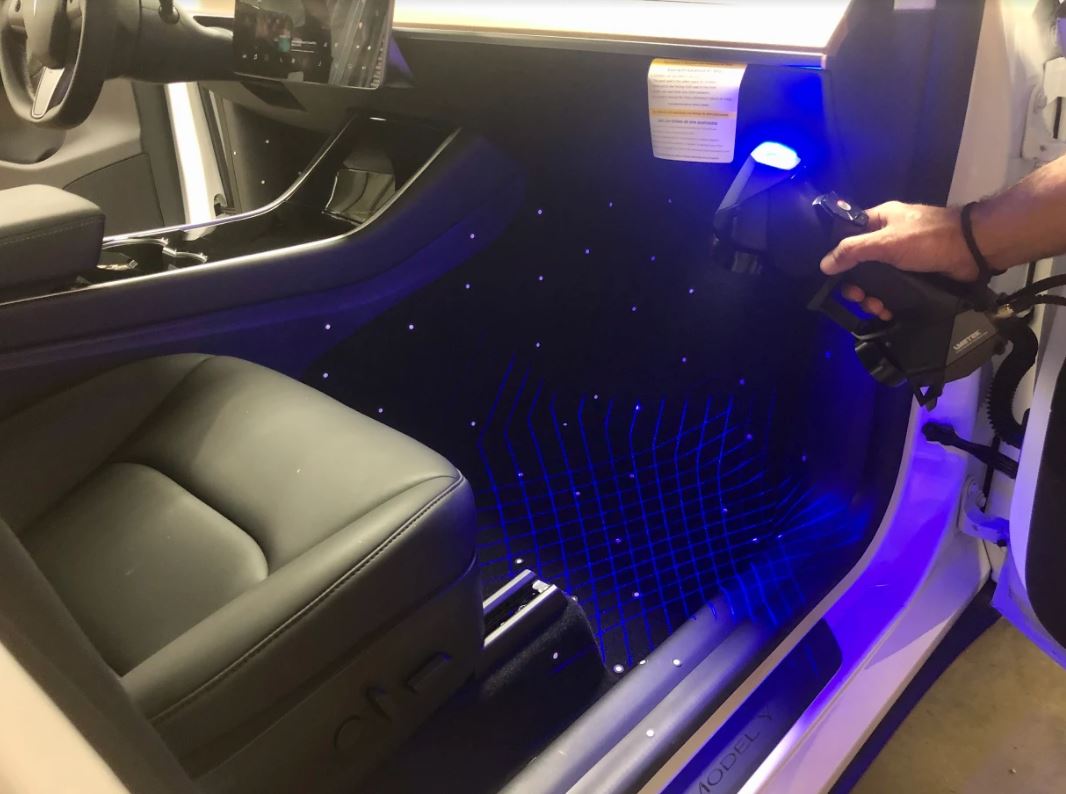Technologies make our lives a lot easier, but they don’t do magic. They make the impossible possible, just like what 3D scanning does. Today, many 3D scanning services come with cost, advantages, and limitations.
3D Scanning is a process of digitally capturing the shape of an object, environment, or even a person, using laser lights. Its basic principle is to collect data from a subject, either creating a replica or analyzing a specific object (inspection).

If you’re planning to build a laser scanning company, it can go as far as saving people’s lives and making dreams into reality. This powerful tool helps many tasks and gets used in several industries, such as dental, jewelry, aeronautics, animation, automotive, and video games.
What Is 3D Scanning?
In a nutshell, 3D scanning refers to the process of analyzing an object from the real world to collect data and create a digital version out of it. 3D scanning services aim to create a 3D model, whether in the form of an object, a living being, or a surrounding.
The model comprises geometric samples’ point cloud on the subject’s surface, which will get used later to generate the chosen 3D model subject’s final shape.
How Does 3D Scanning Work?
To thoroughly understand what 3D scanning is, you should dive into a discussion on how it works. At a high level, three-dimensional scanning works similarly to sensors, light, and lasers that scan or detect an object’s surface.
The object to get scanned is placed on a digitizer where specialized software moves the laser probe on its surface to collect data. While the laser lights scan the subject, the two sensor cameras sweep over the object and record its shape, texture, and other details in three dimensions (XYZ).
Currently, 3D scanning has been benefited by business from various industries, including industrial design and engineering, medical industry, art and design, forensic science, and archaeology and heritage preservation.
3D Scanning Technologies
Among various 3D scanning services, only a few methods get widely used. 3D scanning technologies work in different ways in terms of the scanner used, performance, and capabilities. Depending on your desired results, you can use any of these available technologies below.

Laser Triangulation 3D Scanning
From the name itself, laser triangulation 3D scanners use laser lines to scan an object’s dimensions. The laser sensors project a line onto the object’s surface then the angled sensing cameras will identify its shape. This technology uses a trigonometric or triangulation process to map out the object’s surface accurately.
The best thing about laser triangulation 3D scanning is its accuracy and precision when scanning. However, it may have trouble scanning glossy or transparent objects.
Structured Light 3D Scanning
This 3D scanning technology works almost the same as the laser triangulation method. But, it utilizes a series of lines instead of laser to capture the details of the subject. Each line’s ends get used to calculate the distance of the object’s surface from the scanner.
With structured light 3D Scanning, you can use various projectors like digital light processing technology (DLP) to process the linear patterns. This technology scans the body because it’s faster and more accurate than other methods.
Just like other 3D scanning services, structured light also has its limitations. It’s quite sensitive to lighting effects and bright lights.
Photogrammetry 3D Scanning
Also known as photography, this 3D scanning technology uses photos taken from various angles to calculate the dimensions and distances of an object’s surface points. With photogrammetry 3D scanning, you have to analyze multiple images of a static object to develop the final digital file. Because this method uses photographs, the user has to indicate the camera’s parameters, including the lens distortion and focal length.
The major challenge in using photogrammetry 3D scanning comes when you need to analyze thousands of photos. In this case, accuracy might be sacrificed. Also, it can have problems with resolution sensitivity.
Laser Pulse 3D Scanning
In some terms, laser pulse 3D scanners are called Time-of-Flight or Lidar scanner. This scanning technology works by measuring the speed of light and the laser’s returning time after being projected on the object.
The 3D scanner is equipped with mirrors to work accurately so that the laser can cover 360 degrees around one point. With a laser pulse 3D scanner, you can scan large objects like an entire room. However, it may take some time for you to complete the scanning.
Contact-based 3D Scanning
Digitizing or contact-based 3D scanners use contact or physical touch to gather data from an object. While scanning, the object should be held firmly and steadily in one place to achieve perfect accuracy. The touch is performed by an articulated arm that collects the details of the objects from all angles. This scanning technology is highly useful for many applications as it scans even transparent surfaces.
Alongside its benefits are its limitations—and one of those is slow speed and difficulty in scanning objects with complex geometric surfaces.
As you can imagine, 3D scanning systems have a considerable potential to change the way things get done across various industries of some laser scanning company.
With 3D scanning technologies, you can accomplish many tasks in a matter of time. It’s the perfect tool for laser scanning companies for their commercial advertises, medical practices, improved gadgets, and personalized artwork. Be sure to utilize a 3D scanner that best fits your needs by considering its pros and cons.

